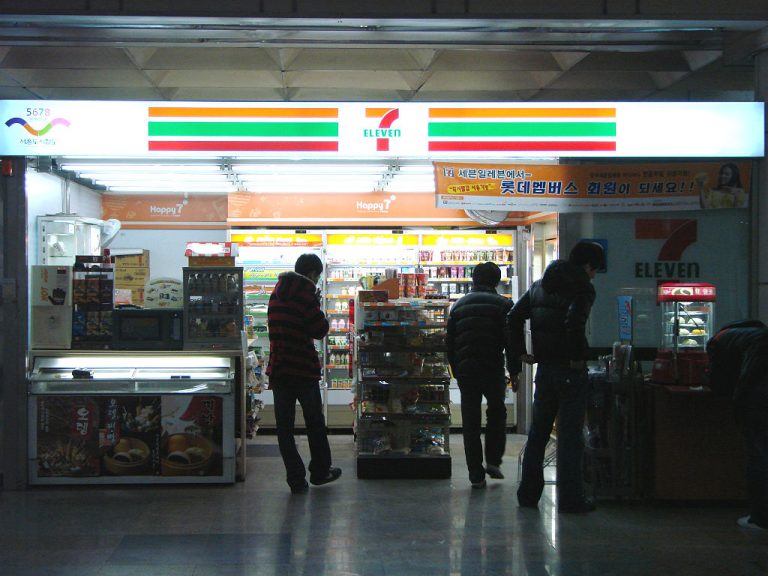Recently, the International Monetary Fund (IMF) approved the disbursement of the second tranche from a $2.9 billion bailout package aimed at strengthening the Sri Lankan economy. This assistance is significant for several reasons. Unlike the overall bailout package, this specific facility is designed to facilitate the implementation of comprehensive economic restructuring across various sectors in Sri Lanka. The conditions set by the IMF are crucial in helping the country navigate through challenging economic circumstances.
One compelling rationale behind this IMF facility is its potential to attract foreign investors and instil confidence in Sri Lanka’s economic landscape. With the country declaring bankruptcy in April 2022 and grappling with a staggering debt of over $ 83 billion, of which more than $ 52 billion is owed to foreign creditors, the IMF intervention becomes imperative. The organisation emphasises the importance of the Sri Lankan authorities’ commitment to executing key recommendations outlined in the Governance Diagnostic Report. Addressing corruption risks and reinforcing accountability are identified as essential steps to rebuild economic confidence, fostering more robust and inclusive growth. This would have an impact on building confidence with other donor organisations. Recently, the World Bank released the second tranche of the $ 500 million under Sri Lanka Resilience, Stability, and Economic Turnaround (RESET) Development Policy Operation (DPO), considering the continued satisfactory progress made by the Government with the reform program.
The implementation of the IMF’s recommendations becomes crucial in steering Sri Lanka towards significant fiscal adjustments. The anticipated fiscal changes are expected to play a pivotal role in navigating the complexities of debt restructuring and treatments. Swift actions consistent with restoring debt sustainability would be paramount in dispelling uncertainty that currently hinders Sri Lankan businesses and external financing. Overall, the IMF facility emerges as a linchpin in charting a course for Sri Lanka’s economic recovery and instilling renewed optimism in both domestic and international investors.
(The writer is an Economic Analyst / Member of Sri Lanka Agriculture Research Policy.)















